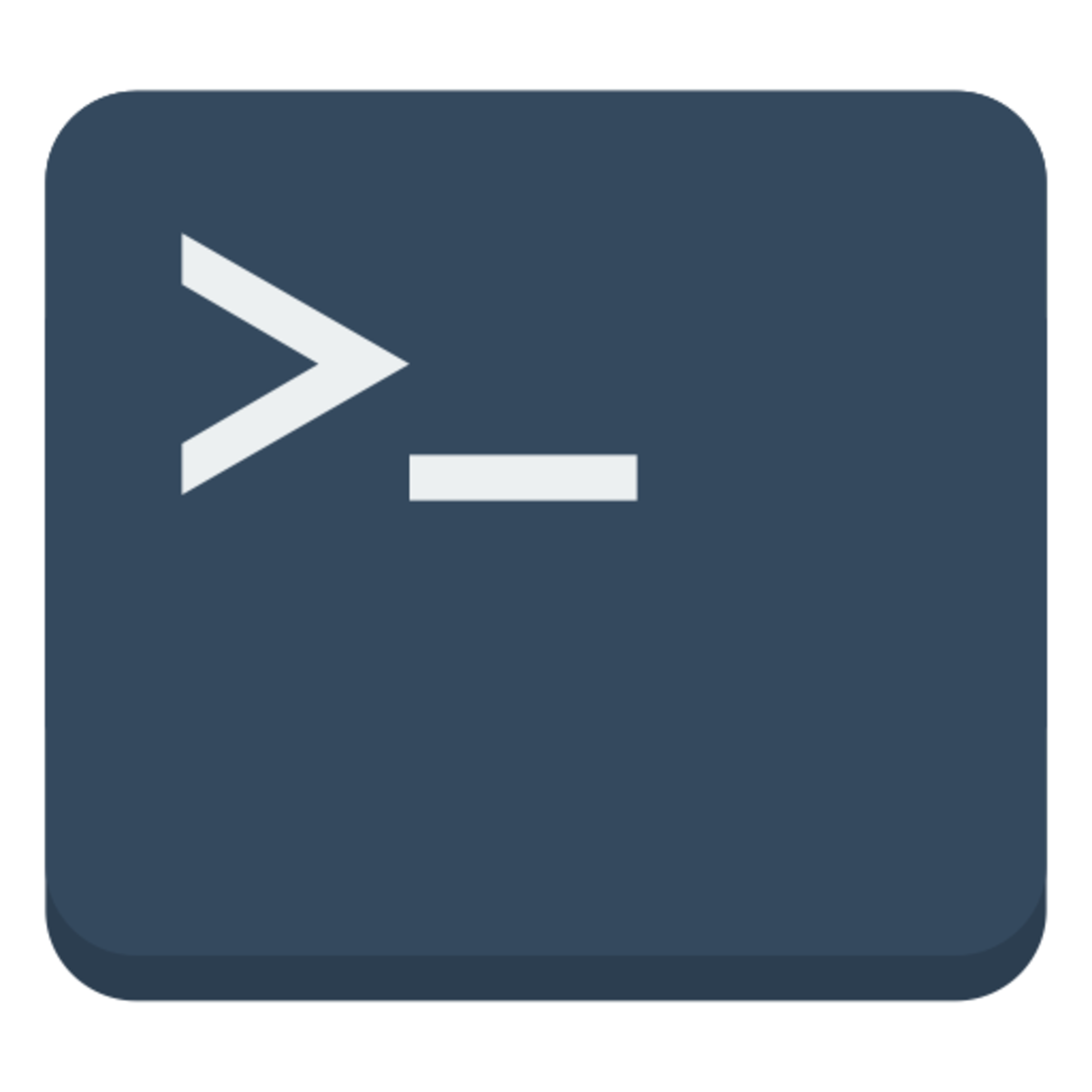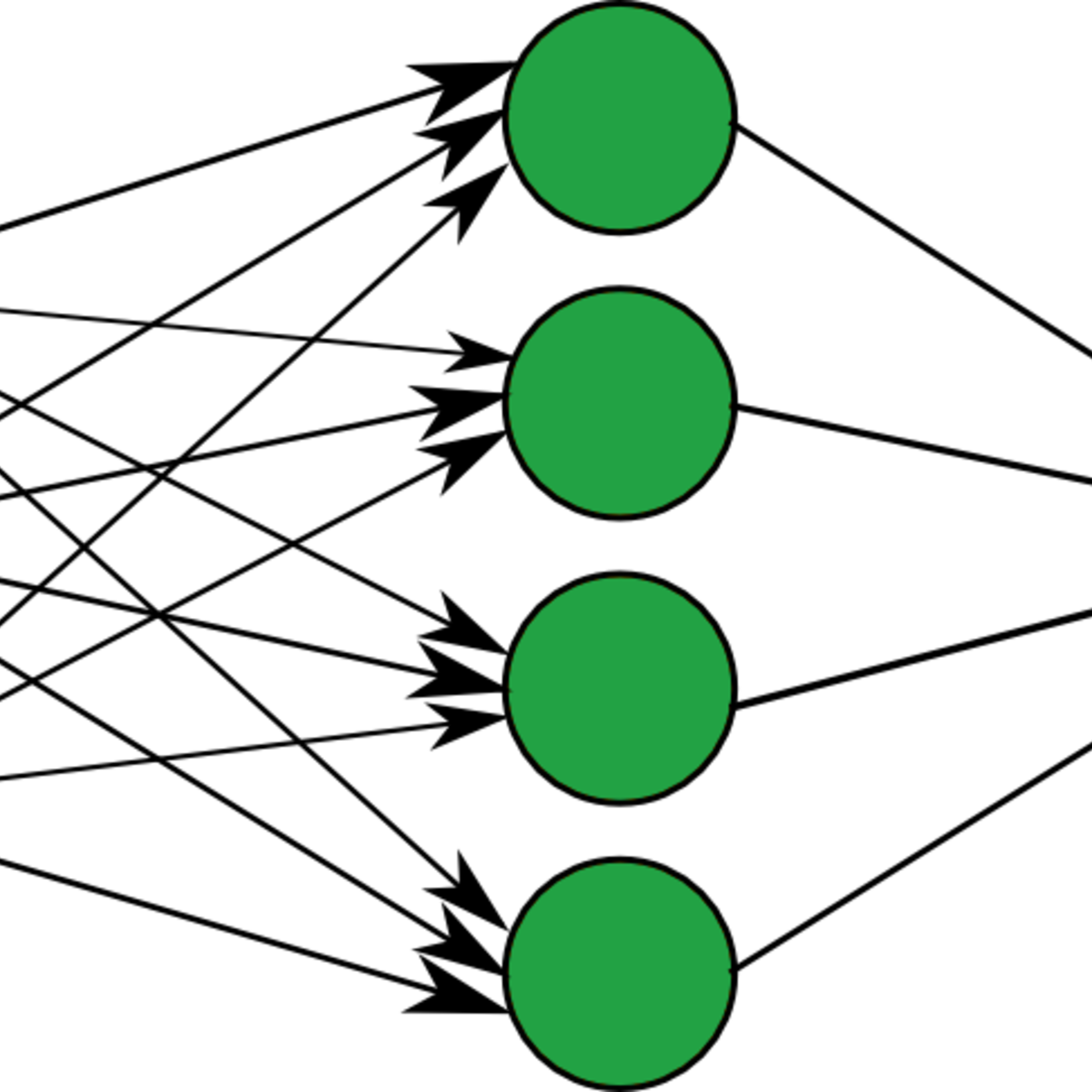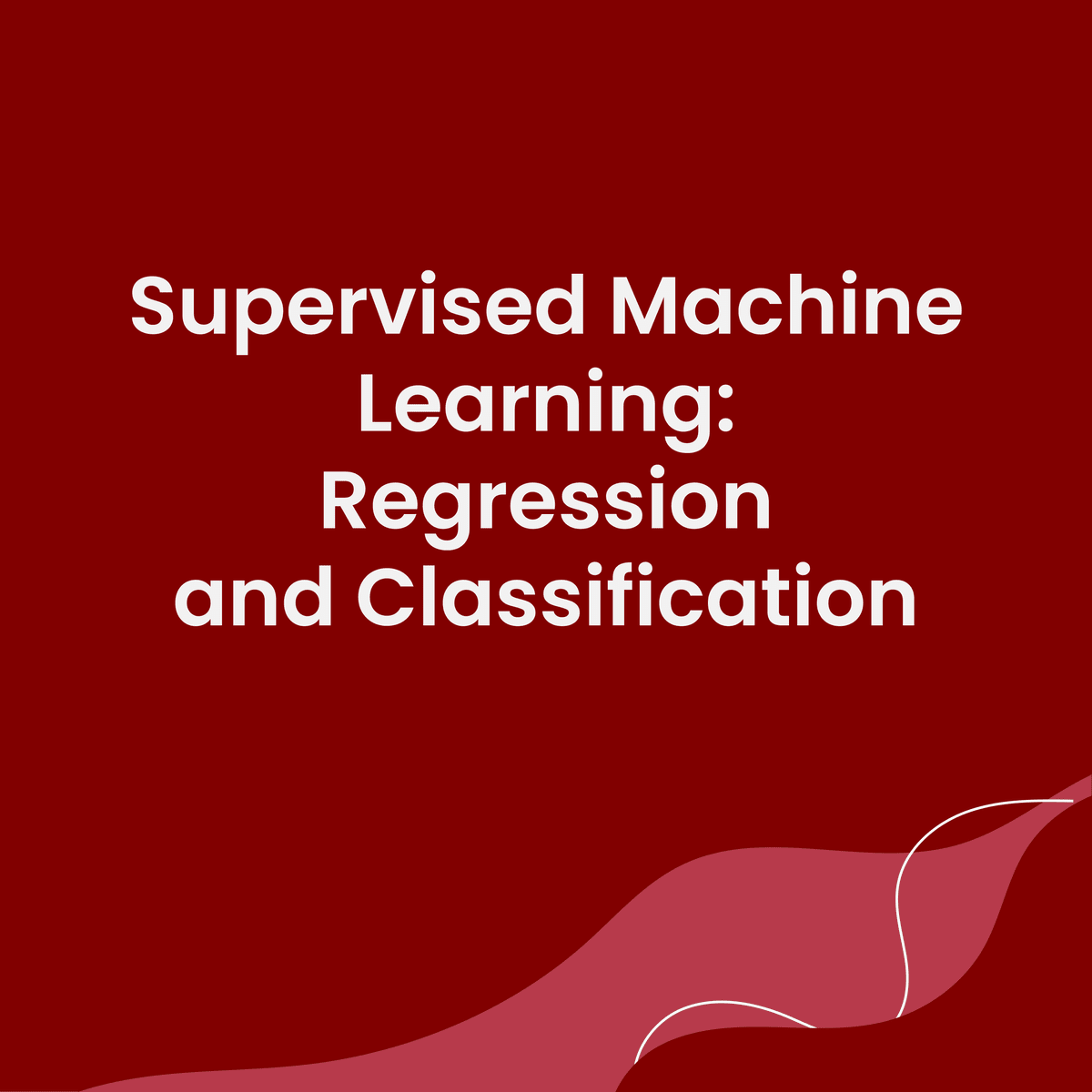Back to Courses









Computer Science Courses - Page 202
Showing results 2011-2020 of 2309

Getting Started with Terraform for Google Cloud
This course provides an introduction to using Terraform for Google Cloud. It enables learners to describe how Terraform can be used to implement infrastructure as code and to apply some of its key features and functionalities to create and manage Google Cloud infrastructure.
Learners will get hands-on practice building and managing Google Cloud resources using Terraform.

Principles of Computing (Part 1)
This two-part course builds upon the programming skills that you learned in our Introduction to Interactive Programming in Python course. We will augment those skills with both important programming practices and critical mathematical problem solving skills. These skills underlie larger scale computational problem solving and programming. The main focus of the class will be programming weekly mini-projects in Python that build upon the mathematical and programming principles that are taught in the class. To keep the class fun and engaging, many of the projects will involve working with strategy-based games.
In part 1 of this course, the programming aspect of the class will focus on coding standards and testing. The mathematical portion of the class will focus on probability, combinatorics, and counting with an eye towards practical applications of these concepts in Computer Science.
Recommended Background - Students should be comfortable writing small (100+ line) programs in Python using constructs such as lists, dictionaries and classes and also have a high-school math background that includes algebra and pre-calculus.

Data, Security, and Privacy
This course provides hands-on experience with technology-based productivity tools, as well as foundational knowledge and understanding of system design and development. The course is designed to integrate concepts of hardware, software, and the Internet. This course also provides an overview of data security, data privacy, and ways to increase productivity and efficiency. Students will also investigate technology career paths and some of the various certifications available in the industry.

Learn to Teach Java: Boolean Expressions, If Statements, and Iteration
Learn to program with Boolean Expressions, If Statement, and For and While Loops in Java, and prepare to teach others using the free, online interactive CS Awesome textbook. In this course for teachers we'll guide you both in learning Java concepts and skills but also in how to effectively teach those to your students.
This course will support you in teaching the Advanced Placement Computer Science A course or a similar introductory university-level programming course. We'll cover the critical Java concepts of selection (if statements) and iteration (loops), as covered in the APCS A Units 3 and 4. Each topic will begin by relating Java to block-based programming languages and then provide video overviews of CS Awesome content along with additional materials to supplement learning for your students.
You'll engage with additional materials to support your teaching including "deep dive" classroom discussion questions, assessment overviews, code tracing and problem solving skills for your students, including preparation for free response coding questions.
Practical Introduction to the Command Line
In this project, you will use the UNIX command line to create photo albums that organize photos into directories by date. You'll learn what's the difference between a terminal, bash, command-line, and prompt. With lots of hands-on exercises, you'll master the most fundamental Unix commands for navigating, manipulating and inspecting files.
Interacting with a computer through a command-line interface (CLI) is a powerful technique. In such an interface, you type commands telling the computer to perform desired tasks. Mastering the command line can greatly improve your productivity during development.

Build Multilayer Perceptron Models with Keras
In this 45-minute long project-based course, you will build and train a multilayer perceptronl (MLP) model using Keras, with Tensorflow as its backend. We will be working with the Reuters dataset, a set of short newswires and their topics, published by Reuters in 1986. It's a very simple, widely used toy dataset for text classification. There are 46 different topics, some of which are more represented than others. But each topic has at least 10 examples in the training set. So in this project, you will build a MLP feed-forward neural network to classify Reuters newswires into 46 different mutually-exclusive topics.
This course runs on Coursera's hands-on project platform called Rhyme. On Rhyme, you do projects in a hands-on manner in your browser. You will get instant access to pre-configured cloud desktops containing all of the software and data you need for the project. Everything is already set up directly in your internet browser so you can just focus on learning. For this project, you’ll get instant access to a cloud desktop with Python, Jupyter, and Keras pre-installed.
Notes:
- You will be able to access the cloud desktop 5 times. However, you will be able to access instructions videos as many times as you want.
- This course works best for learners who are based in the North America region. We’re currently working on providing the same experience in other regions.

Getting started with Prezi for small businesses
This project will allow you to discover Prezi, an online platform for designing presentations and marketing content of all kinds. You will learn about the features of Prezi and be able to create various attractive and animated visuals for your small business. This project is for small business owners who would like to learn how to use Prezi to create marketing content to boost sales and brand awareness.

APIs Explorer: Compute Engine
This is a self-paced lab that takes place in the Google Cloud console.
Use the APIs Explorer to create a Compute Engine instance, then use Cloud monitoring to monitor the CPU usage.

Supervised Machine Learning: Regression and Classification
In the first course of the Machine Learning Specialization, you will:
• Build machine learning models in Python using popular machine learning libraries NumPy and scikit-learn.
• Build and train supervised machine learning models for prediction and binary classification tasks, including linear regression and logistic regression
The Machine Learning Specialization is a foundational online program created in collaboration between DeepLearning.AI and Stanford Online. In this beginner-friendly program, you will learn the fundamentals of machine learning and how to use these techniques to build real-world AI applications.
This Specialization is taught by Andrew Ng, an AI visionary who has led critical research at Stanford University and groundbreaking work at Google Brain, Baidu, and Landing.AI to advance the AI field.
This 3-course Specialization is an updated and expanded version of Andrew’s pioneering Machine Learning course, rated 4.9 out of 5 and taken by over 4.8 million learners since it launched in 2012.
It provides a broad introduction to modern machine learning, including supervised learning (multiple linear regression, logistic regression, neural networks, and decision trees), unsupervised learning (clustering, dimensionality reduction, recommender systems), and some of the best practices used in Silicon Valley for artificial intelligence and machine learning innovation (evaluating and tuning models, taking a data-centric approach to improving performance, and more.)
By the end of this Specialization, you will have mastered key concepts and gained the practical know-how to quickly and powerfully apply machine learning to challenging real-world problems. If you’re looking to break into AI or build a career in machine learning, the new Machine Learning Specialization is the best place to start.

Algorithms on Strings
World and internet is full of textual information. We search for information using textual queries, we read websites, books, e-mails. All those are strings from the point of view of computer science. To make sense of all that information and make search efficient, search engines use many string algorithms. Moreover, the emerging field of personalized medicine uses many search algorithms to find disease-causing mutations in the human genome. In this online course you will learn key pattern matching concepts: tries, suffix trees, suffix arrays and even the Burrows-Wheeler transform.
